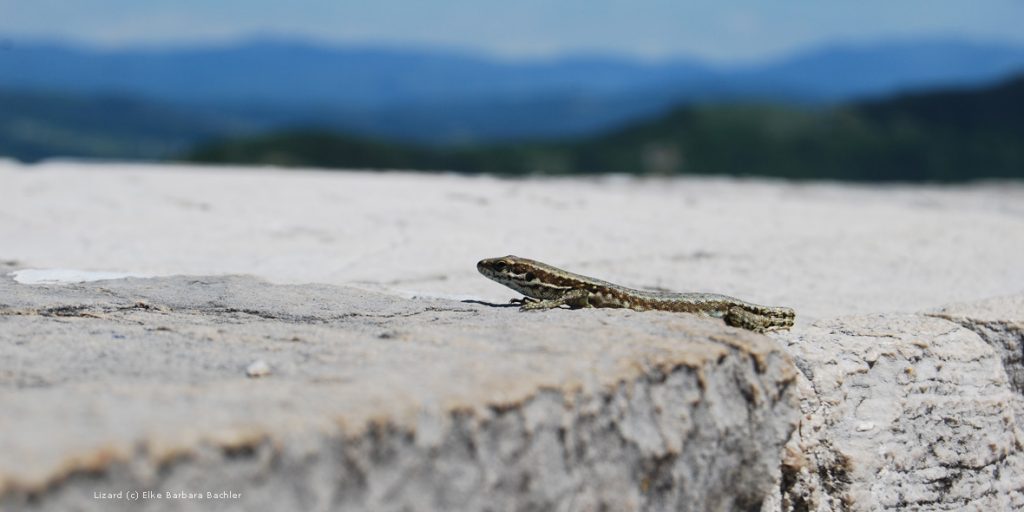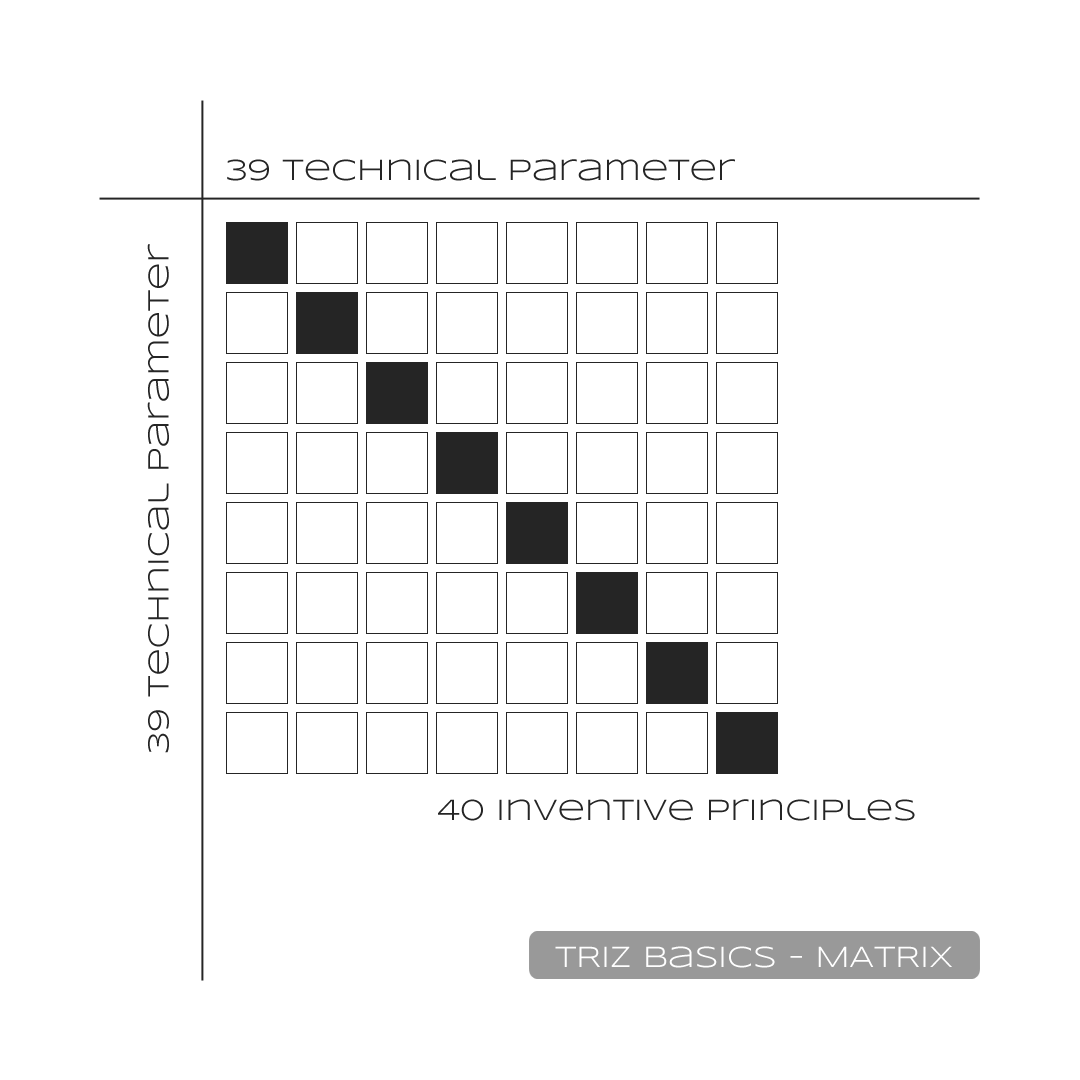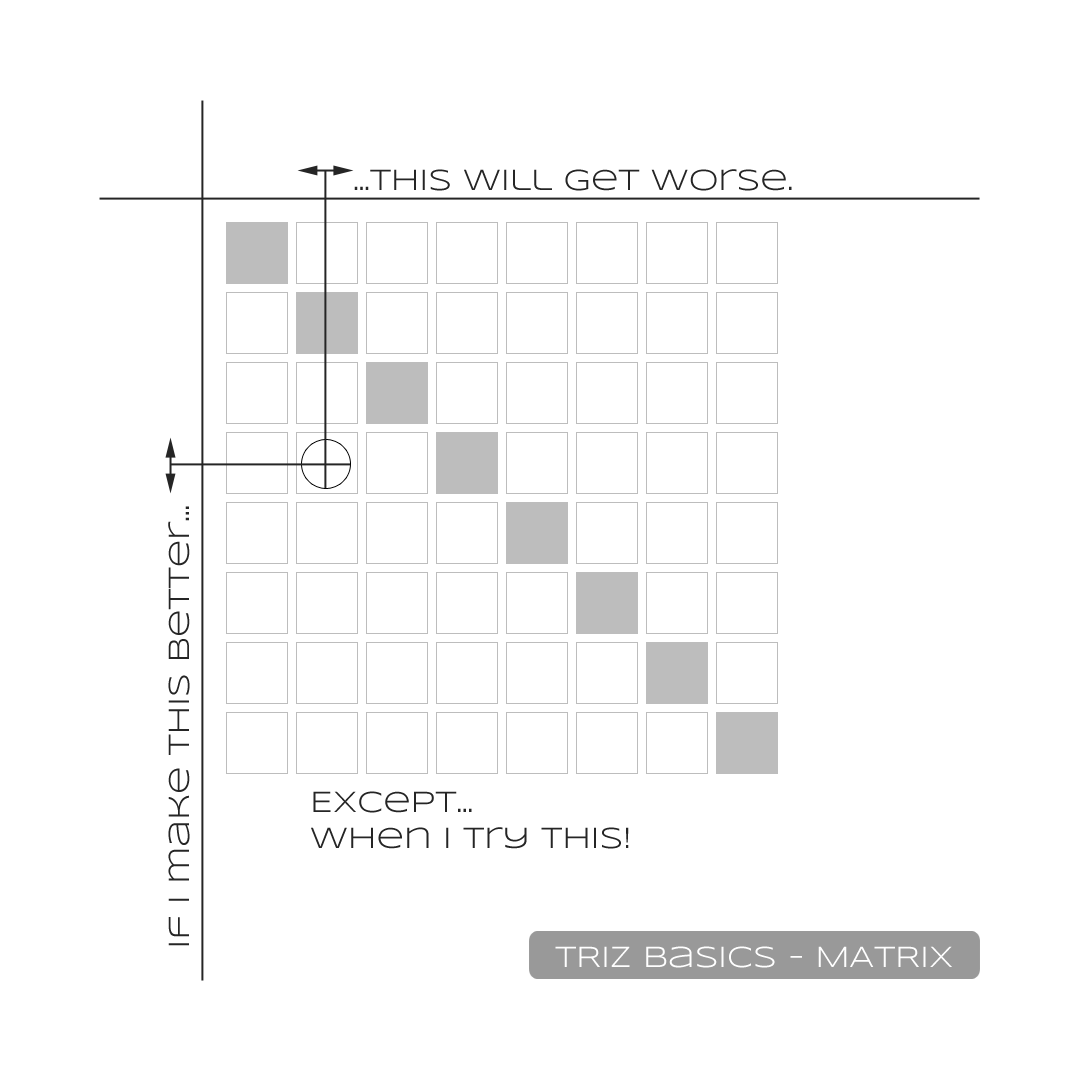
Lizard (c) Elke Barbara Bachler
Inventive Principle 34. And Lizards.
I shot this picture myself, during a stay in beautiful Croatia. Looks like this lizard was in mortal danger but able to distract its predator successfully. Way to go!
The picture became one of my favs for my Biognosis Toolbox, for three reasons.
- First, it is a perfect example for a predetermined breaking point. That’s for the technicians out there, to translate biological ingenuity into technical terms.
- Second, there’s the strategic approach … lose a part to divert competitors, and gain a head start. That’s for the business people out there.
- Third, there’s TRIZ and the 34th Inventive Principle.
Based on the patent research which is the basis for TRIZ – the Theory of Inventive Problem Solving – the principle “Discarding & Recovering” is quite often a solution to diverse technical contradictions.

Technical contradiction: optimising one technical parameter but “paying” for it by making another parameter worse. An unwanted trade-off. The TRIZ Matrix shows such trade-offs, and how they were resolved successfully by using one of the 40 Inventive Principles. It’s like a solution catalogue.

Take “productivity” and “measurement accuracy” – they are often interlinked. If you want to enhance profitable output, you often have to invest in measuring. Do I use the correct amount of ingredients, the perfect time span, is every step timed perfectly … you get the picture.
Yet if your product and process design allows for less sophisticated “single-use”, combined with retrieving of resources … you don’t have to be that accurate in manufacturing.
It is similar to another technical parameter pair: making it easier to manufacture *without* losing substance.
Waste Equals Food
This coincides with one of the most intelligent design characteristics of nature: waste equals food. Often not directly for “yourself” but for the system you are part of. Now that’s food for thought right there, isn’t it? BTW, here the Cradle-to-Cradle approach is very interesting. Design it so that a re-use of technical parts is feasible and/or make biological parts compostable. Perfect example!

Another research result was reducing harm without losing time. This is where I like autotomy – the ability to “discard” a body part – as an example. Some living beings are even able to regrow the body part. Given, that’s not really “recovering” – I like the example nonetheless.

Opinion
We simply use this principle too rarely. Or plainly wrong. There’s just discard, no recover. But it only really works as long as the recovery process is part of the equation. Yet somehow that’s not that important anymore. Know why? Because our value-added chains are flawed. Massively. There’s no true-cost pricing. That’s why approaches like circular economy are very important if we want to change that. And progress. Just my 2 cents!
